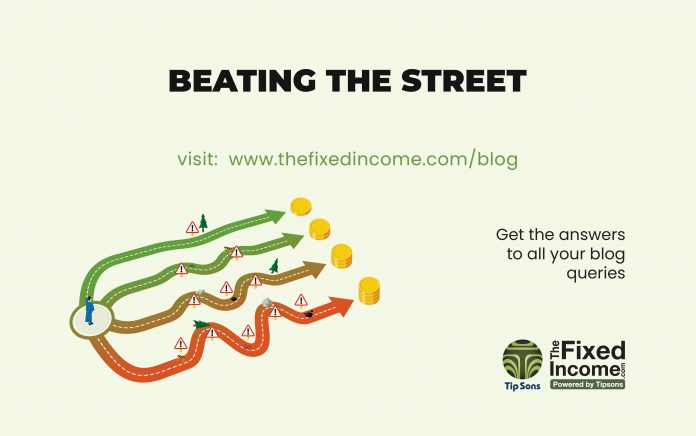‘Beating the Street’ is one of the 2 amazing books by Peter Lynch that I consider among the best, simplest material on investing available. The other is ‘One up on Wall Street’. Published in 1993 and 1989 respectively, these books have attained the characters of near-religious texts for me, when approached from the professional angle. The books are written for the ordinary, man-on-the-street investor, but would enhance the abilities of any investment professional. These 2 books are an essential part of my library, to be read, and reread every three to five years. The reminders are necessary in the event of the simple, basic truths being forgotten.
The very best teachers, since the early classes encourage independent thought and discussion. It is in this spirit that the great investment Guru and thought-leader, Mr. Peter Lynch could be enriching us.
The Superiority of Equity Investments
In ‘Beating the Street’, Mr. Lynch sets down a pro-equity agenda right at the beginning. He uses statistics to establish the superiority of investing in equity over the debt investments. While I could suggest that “There are three kinds of lies: lies, damned lies, and statistics,” quoting Benjamin Disraeli, the 19th century British Prime Minister, my assertion would be entirely wrong. Mr. Lynch analyses and writes of the US capital markets, and all that he says is perfectly write (an assertion of fact, not just out of respect for a Guru).
If Mr. Peter Lynch is perfectly right, have we not been wasting our energy and your time producing a blog on the debt markets? Should our focus not be on equity before and beyond all other investments? No way.
Valuation Parameters for Equity Investments
For one, equities are attractive when they meet certain valuation parameters. The most important of these, says Mr. Warren Buffet, is Return on Capital Employed (RoCE). Equities represent high risk relative to most other investment asset classes. Money used in the business must earn a lot more than the cost of its borrowings. A reasonable ask would be 50% more than the cost of borrowing as a minimal measure. Any less indicates a poor use of capital and undue risk. The business would then be working for the lenders, rather than the shareholders. I might prefer to be owner of its debt, not its equity.
Price Earnings Ratio (PE) is rightly, in our opinion, Mr. Buffet’s second favorite valuation measure. IF considered for a business that does not grow (would this not be a reason to avoid the equity?), the PE represents the pay-back period. [Example: Market price of Rs. 100 and EPS Rs. 10 gives a PE of 10. 10 years of Rs. 10 in earnings gets Rs. 100, the original investment back]. The equity advocate Mr. Lynch also considers a stock expensive if it has a high PE, say 30 and above.
Balancing the PE to investment is the ‘Lynch Number’, or PEG. Not to be mistaken with a after dark libation imbibed with soda and ice, PEG is Price-Earning/ Growth. A business with a PE ratio of 10, growing at 10% a year would have a PEG of 1, which as a Lynch Number indicates a fair price. Any figure below 1 is an opportunity to buy an underpriced stock, while above 1 is over-priced. This is one of the measures to help identify relative valuations, and point out times when fixed-income is a better deal than equity.
Another, very simple measure of relative valuations is to divide 100 by the PE ratio and compare it to the risk-free interest rate. The Nifty in March 2021 has a PE of over 40, therefore 100/40 = 2.5, when compared to the risk-free rate of about 7, taking 100/7 = about 15 shows a phenomenally cheaper debt market in relation to equity. Personally, being close to retirement, a difference 12.5 is more than I can digest, about 3 to 5 being more to my comfort.
Understanding the relatively more attractive asset class at a point in time helps reduce risk and can lead to much superior portfolio returns.





















